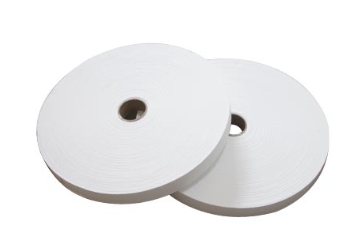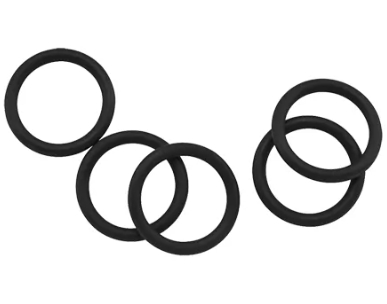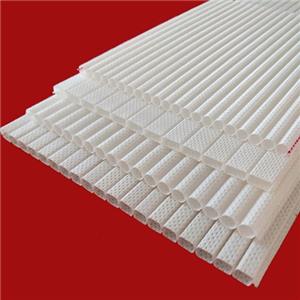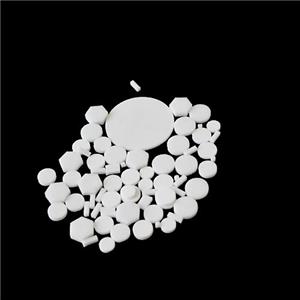Functions of AGM Separators in Lead-Acid Batteries
- By: JinHan
- Aug 12,2024
follow us
AGM (Absorbent Glass Mat) separator is a thin sheet of insulating material made from glass microfibers. It not only needs to have a certain level of mechanical strength to meet the requirements of automated production and use but also serves as an isolating layer to separate the positive and negative plates of a lead-acid battery. This prevents short circuits between the positive and negative plates and stops the shedding of active material from the positive plate. Additionally, the AGM separator is a porous material that can absorb and retain a sufficient amount of electrolyte, ensuring it remains in a highly saturated state to guarantee the battery's discharge capacity.
The functions of AGM separators in lead-acid batteries can be summarized as follows:
First, they separate the positive and negative plates of the battery to prevent short circuits. This is the most fundamental and crucial function of any battery separator. Without it, the battery would short circuit due to the connection of the positive and negative plates, leading to battery failure. Second, they act as a reservoir for the electrolyte, absorbing enough electrolyte to ensure discharge capacity. AGM separators are porous and can absorb a large amount of electrolyte, enabling continuous chemical reactions within the battery. The ability of AGM separators to absorb electrolyte directly affects the battery's discharge capacity and lifespan.
It allows the electrolyte to flow freely within it, providing a gas channel for oxygen circulation and recombination. During the later stages of battery charging, part of the charge is used for water electrolysis, with the positive plate generating oxygen and the negative plate generating hydrogen. The oxygen generated at the positive plate diffuses through the pores of the AGM separator to the negative plate, where it undergoes a recombination reaction, reducing the loss of water from the electrolyte.
The AGM separator ensures a certain amount of assembly pressure inside the battery, preventing the shedding of active material. The separator needs to have a certain level of resilience to ensure it remains tightly pressed against the plates. This not only helps prevent the shedding of active material but also ensures stable discharge current and extends the battery's lifespan. Preventing lead dendrites from causing short circuits. As the battery undergoes continuous chemical reactions, insoluble lead dendrites can grow on the plates. Therefore, the AGM separator must have small pores to prevent lead dendrites from piercing the separator and causing a short circuit.
What characteristics define a better-performing AGM Separator? Generally speaking, it should have a moderate density, uniform thickness, good resilience, smooth appearance, high strength, low content of harmful impurities (such as iron and chloride ions), a suitable proportion, distribution, and orientation of micro and macro pores, strong and uniform electrolyte retention capability, quick absorption, good acid resistance, as well as being low-cost and easy to transport.
Need to purchase products? Please click here to view!

 English
English Russian
Russian Portuguese
Portuguese Arabic
Arabic Bangla
Bangla Indonesian
Indonesian








